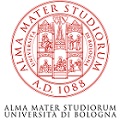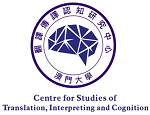We conducted a field trial in computer-assisted professional translation to compare interactive translation prediction (ITP) against conventional post-editing (PE) of machine translation (MT) output. In contrast to the conventional PE set-up, where an MT system first produces a static translation hypothesis that is then edited by a professional (hence “post-editing”), ITP constantly updates the translation hypothesis in real time in response to user edits. Our study involved nine professional translators and four reviewers working with the web-based CasMaCat workbench. Various new interactive features aiming to assist the post-editor/translator were also tested in this trial. Our results show that even with little training, ITP can be as productive as conventional PE in terms of the total time required to produce the final translation. Moreover, translation editors working with ITP require fewer key strokes to arrive at the final version of their translation.










































